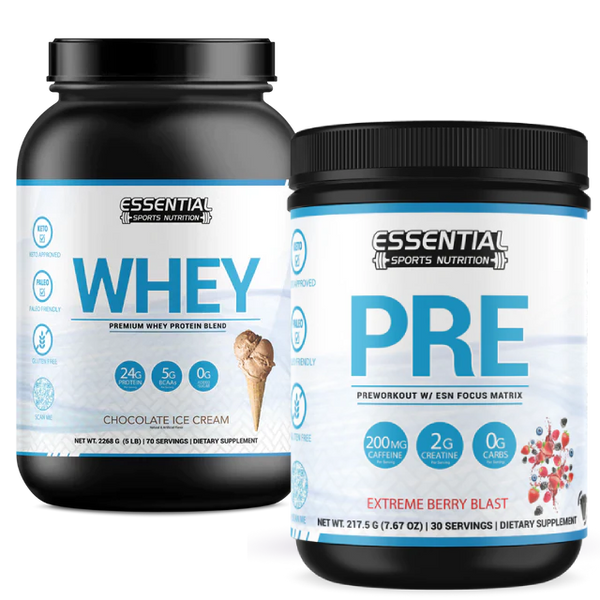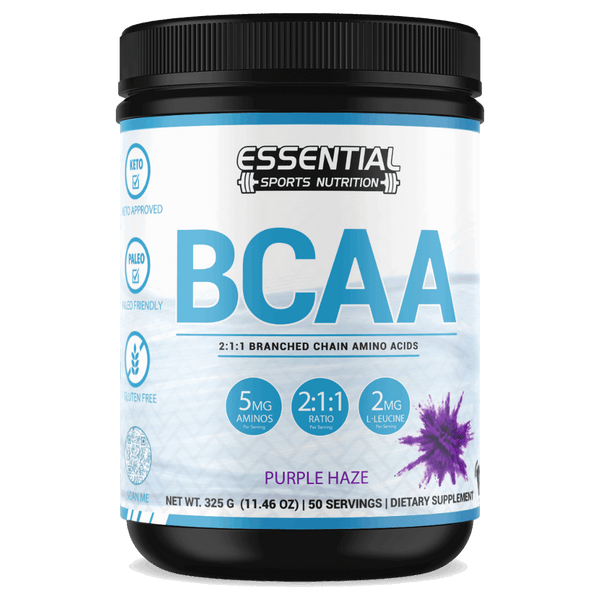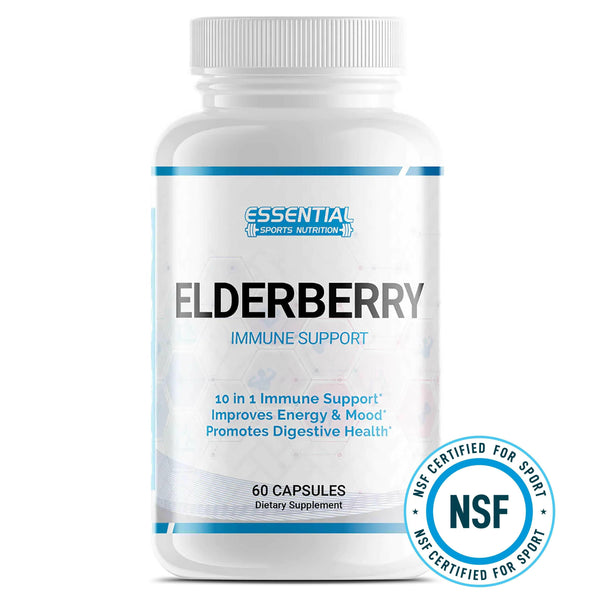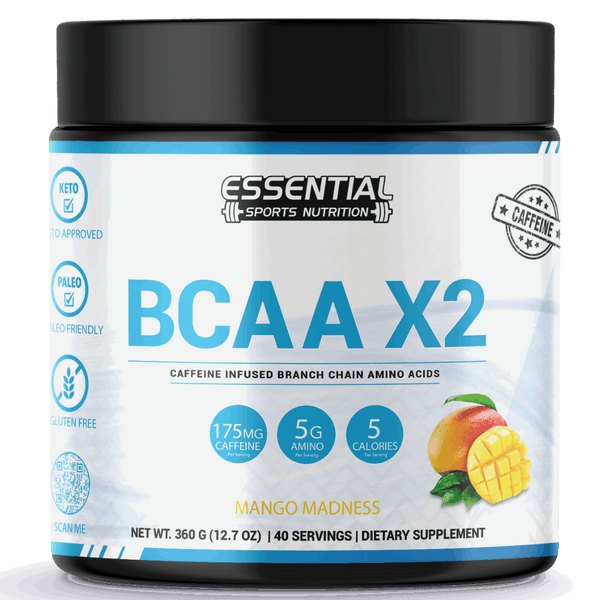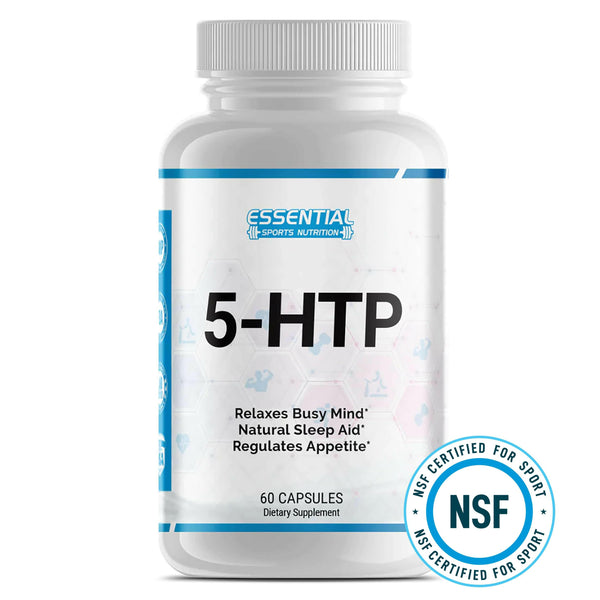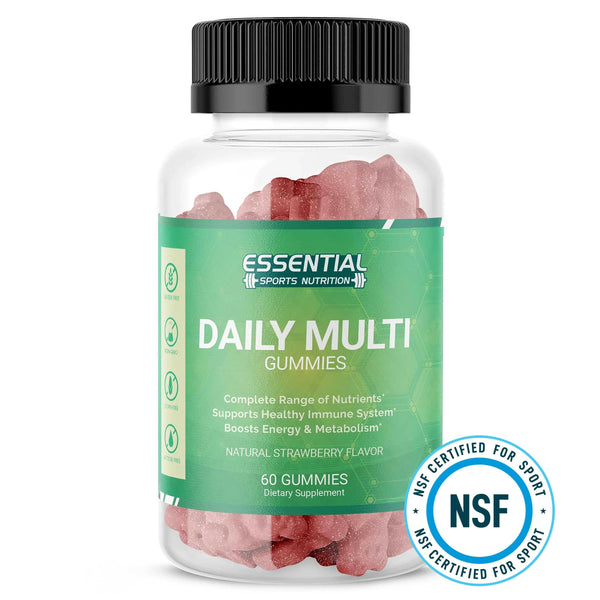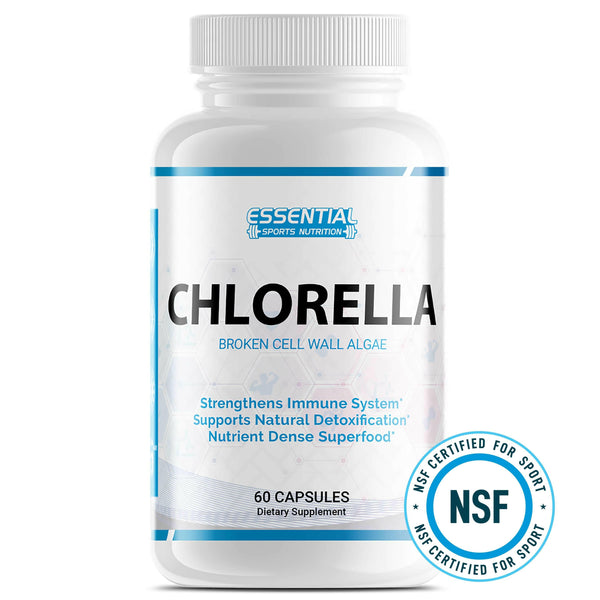The Atkins Diet and Weight Loss: Customizable Low-Carb Diet
Losing weight can feel like an uphill battle for many. With countless diet plans out there, it's hard to know which one could be the right fit for you. The Atkins Diet is one popular method that promises weight loss by focusing on low-carb intake.
But what does this really mean, and how does it work?

One interesting fact about the Atkins Diet is that it eliminates the need for calorie counting. This plan emphasizes eating the right foods rather than limiting how much you eat. Our blog post aims to dive deep into the world of the Atkins Diet, covering everything from its principles to its potential benefits and drawbacks.
Gain a clearer understanding of whether this diet could be your key to achieving weight loss success.
Key Takeaways
- The Atkins Diet helps you lose weight by eating low-carb, high-protein foods. It makes your body burn fat instead of carbs.
- There are three Atkins plans: Atkins 20®, for those with more to lose; Atkins 40®, a less strict version; and Atkins 100®, for maintaining weight or slow loss.
- You eat foods like meat, fish, eggs, and low-carb veggies on the diet. But you must avoid sugar, bread, and high-carb fruits.
- People on the Atkins Diet often see quick weight loss. Exercise can help even more.
- If not followed carefully, this diet might cause health issues like joint pain or nutrient deficiencies.
Overview of the Atkins Diet Plan
The Atkins Diet targets weight loss through a low-carb eating plan. It shifts your body's metabolism from burning carbs to fat, promoting quicker fat loss.
Purpose of the Diet
The Atkins Diet aims to help people lose weight by cutting down on carbohydrates and focusing more on proteins and fats. It shifts the body's metabolism from burning carbs for energy to burning stored fat.
This change not only helps in losing weight but also in maintaining it, making it a go-to choice for sustainable weight management.
By balancing carbs, fats, and proteins, this diet moves away from reliance on highly refined carb diets that often lead to weight gain and health issues like type 2 diabetes and heart disease.
It encourages eating healthier by including low-carb diets rich in foundation vegetables, healthy fats, and protein. This approach promotes a healthier lifestyle rather than just being another fad diet.
How the Diet Works
The Atkins Diet cuts down on carbs and ups protein and fat intake. This shift helps your body use fat as fuel, instead of relying on carbs. By reducing carb intake, the diet aims to put you in a state called ketosis.
In this state, your body starts burning its own fat for energy. This process can lead to weight loss.
Start with a strict low-carb phase, then gradually add healthy carbs like fruits and whole grains as you approach your weight loss goals. Tracking net carbs is key to understanding how close or far you are from reaching ketosis.
Unlike some diets that require counting calories or portion control, Atkins focuses on the types of food eaten rather than quantity.
Different Plans: Atkins 20®, Atkins 40®, Atkins 100®
Choosing the right weight-loss diet can lead to healthier eating habits and significant weight loss. Atkins offers three distinct plans tailored to individual needs: Atkins 20®, Atkins 40®, and Atkins 100®. Here's a closer look at each plan and how many net carbs a day you should have:
Atkins 20®:
- Designed for those who have more than 40 pounds to lose or are facing health issues like diabetes.
- This plan starts with a limit of 20 grams of net carbs per day.
- Focuses on foundation vegetables, protein sources like beef, poultry, and fish, and healthy fats.
- Encourages eating high-fiber vegetables for fiber intake without exceeding carb limits.
Atkins 40®:
- Targets individuals aiming for a less restrictive approach, with less than 40 pounds to lose.
- Allows starting with 40 grams of net carbs per day.
- Offers a wider variety of food choices from the beginning, making it easier to stick with.
- Makes room for more fruits, nuts, and whole grains alongside protein and fats.
Atkins 100®:
- The most flexible program designed for weight maintenance or gradual weight loss.
- Permits up to 100g of net carbs per day.
- Ideal for those seeking balance after reaching their weight goal or wanting a broad range of foods from the start.
- Supports incorporating a wide array of foods including whole grains and starchy vegetables while maintaining weight goals.
How the Atkins Diet Works: Food Restrictions and Inclusions
The Atkins Diet changes how you eat by focusing on lower carb and higher protein choices. You'll enjoy meats and veggies while cutting back on sugar and bread to shed pounds.
Foods to Limit
On the Atkins Diet, you focus on lower carb intake and higher fat foods. This plan changes your diet to help you lose weight and feel great. Here's a list of foods to limit:
- High-Carb Vegetables: Avoid starchy veggies like potatoes and corn during the early phases. These can hinder your progress towards weight loss.
- Fruits High in Sugar: Fruits such as bananas, oranges, and grapes are limited because they have a lot of sugar which can slow down weight loss.
- Grains and Breads: Foods like bread, pasta, rice, and cereal are high in carbohydrates. Cutting them out is key to following this diet successfully.
- Legumes: Beans and other legumes are nutritious but also high in carbs. Limit these, especially in the initial stages of the diet.
- Sweets and Sugary Foods: Cake, cookies, ice cream, and any sugary treats must be cut out. They're high in sugar and carbs which are not allowed.
- Full-Fat Dairy: While dairy is included, limit full-fat versions to control calorie intake without compromising on lower carb goals.
- Processed Foods: Atkins bars, shakes, treats, and frozen meals offer convenience but watch their portion sizes and total carbohydrate content.
- Certain Alcohols: Beer and sweet liquors are high in carbs and should be avoided or severely limited.
- Sugar Alcohols & Artificial Sweeteners: Though lower in calories than sugar, some people find they can stall weight loss or cause cravings.
- Trans Fats & Hydrogenated Oils: Found in many fried foods and processed snacks; these fats can contribute to heart risk factors even while losing weight.
Foods to Include
Eating right is key on the Atkins diet. It focuses on high-fat, low-carb foods for weight loss and health.
- Red meat: Enjoy steaks and burgers. These help you feel full and satisfied.
- Butter and cream: Use them in cooking or as toppings. They add rich flavors to meals.
- High-fat options: Include foods like avocados and cheese. They provide essential fats your body needs.
- Bacon and cream cheese: Perfect for breakfast or snacks. They make following the diet easy and delicious.
- Steak: Ideal for a hearty dinner. It's a good source of protein that helps build muscle.
- Fish and shellfish: Great for heart health. Options like salmon are rich in omega-3 fatty acids.
- Eggs: Versatile for any meal. High in protein, they keep you energized.
- Low-carb vegetables: Add greens like spinach and kale to your plate. They're packed with vitamins but low in carbs.
Starting Your Weight Loss Journey: Pros and Cons of the Atkins Plan
The Atkins Diet promises quick weight loss by controlling carbs, but it's not without its risks. Consider both the benefits and potential challenges to decide if it's right for you.
Potential Weight Loss
People who follow the Atkins diet often see significant weight loss. This is partly because it's a low-carb plan that reduces total carbohydrates in your meals, pushing your body into a state where it burns fat for energy.
Studies back up this claim, showing that this method can lead to rapid weight loss compared to other diets. It works well for those looking to shed pounds quickly and is especially useful for individuals dealing with obesity.
Incorporating exercise with the Atkins diet enhances these effects. Active lifestyles boost metabolism, helping burn more calories throughout the day. Dieters find that combining Atkins with regular physical activity leads not only to lost weight but also helps in maintaining it long term.
This approach supports overall health improvements, including lower risk factors for heart disease and better control over high blood pressure and high cholesterol levels.
Risks and Controversies of Low Carb Diet Plans
The Atkins diet, while popular for weight loss, raises concerns about potential health problems. High-protein and low-carbohydrate diets can lead to hyperuricemia (high levels of uric acid in the blood) and hypercalcuria (excess calcium in the urine).
These conditions might cause joint pain, gout, and kidney stones. Especially for those already at risk of these issues, such dietary patterns may increase their likelihood.
Furthermore, sticking strictly to this diet plan could result in nutrient deficiencies. It might also decrease energy levels and cause gastrointestinal distress like diarrhea. Since the diet limits certain food groups, individuals might not get enough vitamins and minerals from their meals.
This restriction can impact overall well-being by leading to a lack of essential nutrients necessary for healthy body function.
Conclusion

Exploring the Atkins Diet reveals a plan that simplifies weight management without calorie counting. It offers a range of foods, emphasizing high fiber and healthy fats. Are you ready to enjoy hearty meals while working towards your health goals? Whether you're considering the Atkins 20, 40, or 100 plan, this diet could help manage or prevent conditions like diabetes and heart disease.
For further guidance, look into resources provided by Simply Good Foods USA, Inc. Remember, achieving lasting weight loss is about finding what works for you; perhaps the Atkins Diet is the solution.
The Atkins Weight Loss Journey FAQs
Q: What is the Atkins Diet?
A: The Atkins Diet is a low carb diet plan that focuses on reducing carbohydrate intake to promote weight loss and improve overall health. It encourages eating proteins and fats like turkey but limits carbs from bread and sugar.
Q: How does the Atkins Diet work for weight loss?
A: The Atkins Diet works by shifting your body's metabolism from burning carbohydrates for energy to burning stored fat, resulting in weight loss.
Q: What are the different phases of the Atkins Diet?
A: The Atkins Diet consists of four phases: Phase 1 (Induction), Phase 2 (Balancing), Phase 3 (Fine-tuning), and Phase 4 (Maintenance).
Q: How many grams of carbs are allowed in the Atkins Diet?
A: The Atkins Diet typically starts with 20 grams of net carbs per day in the initial phase and gradually increases carb intake as you progress through the phases.
Q: What is a net carb?
A: A net carb is the total carbohydrate content of a food item minus the fiber and sugar alcohols, representing the carbohydrates that impact blood sugar levels.
Q: Can the Atkins Diet help with weight maintenance goals?
A: Yes, the Atkins Diet can be effective for weight maintenance after reaching your goal weight by following the guidelines of the maintenance phase.
Q: What foods are allowed on the Atkins Diet?
A: Foods allowed on the Atkins Diet include protein sources, healthy fats, non-starchy vegetables, and limited amounts of low-carb fruits and dairy products.
Q: Is the Atkins Diet suitable for individuals with type 2 diabetes?
A: The Atkins Diet may be beneficial for individuals with type 2 diabetes as it can help control blood sugar levels and promote weight loss.
Q: How does the Atkins Diet work for losing weight?
A: This diet reduces your carb intake, pushing your body into a state similar to ketogenic programs, where you primarily burn fat for energy instead of carbs, leading to weight loss.
Q: Can anyone follow the Atkins Diet?
A: Most people can try it, but if you have kidney disease or cardiovascular disease, it's best to get health care advice first. The diet includes various phases that adapt to different dietary needs, including gluten-free options.
Q: Are there special foods I should eat or avoid on this diet?
A: Yes! Focus on high protein and high fiber foods while avoiding complex sugars and saturated fat. The plan allows Atkins shakes, treats, and frozen meals designed by Dr. Robert C. Atkins' guidelines for easy meal planning.
Q: What are the pros of following the Atkins Diet?
A: Pros include potential rapid weight loss at the beginning, no need to count calories if you stick with approved foods like meats and certain vegetables, and support tools from Simply Good Foods USA Inc., such as meal plans.
Q: What are some cons of the Atkins Diet?
A: Cons might include initial side effects as your body adjusts (like hunger), limited food choices early in the program which can make eating out challenging, and possible nutrient deficiencies without careful planning.



